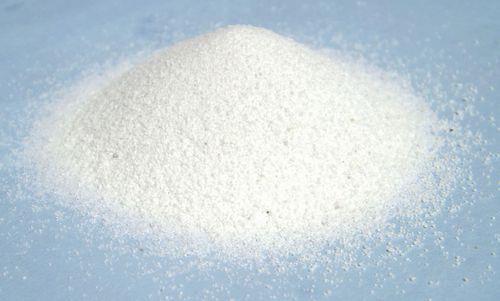What are the barriers to the purification process of high-purity quartz sand?

The preparation of high-purity quartz is mainly through chemical synthesis, natural crystal processing and deep purification of quartz minerals. However, because the preparation of chemical synthesis and natural crystal processing is restricted by raw materials, cost, output, etc., it is difficult for large-scale industrial application. Therefore, The preparation of high-purity quartz through mineral processing is the focus of research and application in the past and present.
The purification process of high-purity quartz first grinds vein quartz or quartzite to the required particle size and removes some impurities, and then separates or dissolves impurities by physical and chemical means. The whole purification process can be simply summarized as three processes: pretreatment, physical treatment and chemical treatment, and specifically adopts various beneficiation methods such as crushing, grinding, screening, magnetic separation, pickling, and chlorination roasting. The corresponding quartz purification process is designed according to the composition and grade of the original ore: quartz ore with high sodium content needs to be calcined at high temperature, and carbonate minerals with high calcium and magnesium content need to be pretreated with hydrochloric acid.
Specifically, the three major steps of purification of high-purity quartz sand are as follows:
(1) Preprocessing link. The purpose of the pretreatment stage is to preliminarily screen impurities or crush the quartz raw materials to the desired particle size that is conducive to the release of impurities and subsequent processing. Generally, mechanical crushing, electric crushing, optical sorting, ultrasonic crushing, thermal shock crushing and other processing methods are used.
(2) Physical processing stage. The physical beneficiation methods mainly include grinding, color separation, magnetic separation, flotation and other methods, which are generally used to treat the impurities of the associated minerals in quartz.
(3) Chemical treatment stage. Compared with physical beneficiation, chemical treatment is more efficient in removing impurities, and the advantages of deep penetration in microcracks and grain boundaries can better handle inclusion and lattice type impurities. Pickling, leaching and thermal chlorination are the three main chemical treatment processes.
Regarding impurities, which are the most difficult to purify?
There are many kinds of impurity elements in quartz. The content of each impurity element in quartz has different effects on purification and processing. Therefore, it is necessary to consider the upper limit of the content of the main impurity elements, rather than simply setting the upper limit of the total amount. Natural quartz crystals often co-produce with a variety of minerals, such as chlorite, rutile, tourmaline, calcite, fluorite, muscovite, biotite, sphalerite, hematite, pyrite, epidote , cordierite, feldspar, amphibole, garnet, pyroxene, topaz, ilmenite and clay minerals, etc., these minerals are the main source of impurities in quartz solid inclusions.
Fe: For different forms of iron impurities, different beneficiation and purification methods such as screening, classification, scrubbing, chemical acid leaching, flotation, gravity separation, magnetic separation and microbial leaching can effectively purify iron impurities.
Al: The aluminum impurities in quartz ore mainly exist in the form of feldspar, mica and clay minerals, which can be removed by scrubbing and grading desliming methods. For the aluminum-bearing minerals in the form of feldspar, the effective separation from quartz has always been a difficult point in the beneficiation industry, especially the separation of feldspar and quartz. Because the two belong to framework silicate minerals with highly similar physical properties, they cannot be separated by gravity separation and magnetic separation. The most effective method is flotation, and mixed acid leaching is also used in deep purification.
Therefore, some scholars judge whether naturally produced quartz can be used as high-purity quartz according to the content of Al and Ti in quartz. Usually, the content of Al and Ti in quartz is relatively high, and it is difficult to remove them by a simple purification process, and fine purification will increase the production cost. Therefore, the content of Al and Ti in quartz is the main factor restricting the purity of quartz. Accordingly, when the content of Al and Ti in quartz is less than 25ug/g and 10μg/g natural quartz, respectively, it can be attributed to the category of high-purity quartz.
In summary, we believe that the purification technology process of high-purity quartz sand is not complicated, but it is difficult to identify ores and achieve the ultimate purification of some impurities through combined processes, especially for the removal of some specific elements.
